Manseon Hof (만선호프)
1.6Km 2024-03-15
19, Eulji-ro 13-gil, Jung-gu, Seoul
+82-2-2274-1040
Located in Euljiro Nogari Alley, Manseon Hof is a beer bar. The place is bustling late at night with people drinking beer and eating snacks like nogari (dried young pollack) and fried chicken at sidewalk tables. It is a great place to enjoy a cold draft beer and grilled dried young pollack dipped in spicy sauce and mayonnaise. Golbaengi muchim (sea snail salad) and gyeran mari (rolled omelet) are also other popular accompaniments.
Myeong-dong Tourist Information Center (명동관광정보센터)
1.6Km 2023-01-03
66, Eulji-ro, Jung-gu, Seoul
+82-2-778-0333
Myeong-dong Tourist Information Center provides information on traveling, shopping, attractions, and more in Seoul. Service is provided in Korean, English, Japanese, and Chinese. The center also offers experience programs like using Hangeul stamps.
Myeong-dong (명동)
1.6Km 2024-05-17
66, Eulji-ro, Jung-gu, Seoul
+82-2-778-0333
Myeong-dong is one of the primary shopping districts in Seoul. The two main streets meet in the center of the block with one beginning from Myeong-dong Subway Station (Seoul Subway Line No. 4) and the other from Lotte Department Store at Euljiro. Many brand name shops and department stores line the streets and alleys. Common products for sale include clothes, shoes, and accessories. Unlike Namdaemun or Dongdaemun, many designer brands are sold in Myeong-dong. In addition, several major department stores have branches here, including Lotte Department Store, Shinsegae Department Store, Myeong-dong Migliore, Noon Square and M Plaza. The department stores carry many premium labels and other fashionable goods at reasonable prices.
Myeong-dong also has family restaurants, fast food, plus Korean, Western and Japanese dining options. Many restaurants in Myeong-dong specialize in dongaseu (pork cutlet) and kalguksu (noodle soup). Other businesses in the area include hair salons, banks and theaters.
Korean National Police Heritage Museum (경찰박물관)
1.6Km 2021-12-21
41, Saemunan-ro, Jongno-gu, Seoul
+82-2-3150-3681
The police museum opened on October 14, 2005 to give a better understanding of the job of the police and to offer a formal education to children who wish to become police officers in the future. The history hall of the museum is designed for visitors to learn about the history of Korean police at a glance, exhibiting information on the police force from the Joseon dynasty up until current times.
Visitors to the museum can pretend to be police officers by touching actual equipment and learning about an officer's daily tasks. Visitors can also get in patrol cars, wear a police uniform, experience shooting a gun through a simulation, and learn self-defense martial arts and arrest techniques. Visitors can also go to the museum jail.
Deoksugung Palace (덕수궁)
1.6Km 2025-06-25
99 Sejong-daero, Jung-gu, Seoul
Registered as a Historic Site, Deoksugung Palace was initially not a royal palace, but the residential home of Grand Prince Wolsan (1454-1488), the older brother of King Seongjong (1469-1494) of the Joseon dynasty. It wasn't until 1593 that the palace was used as a temporary palace of the royal family after their home was burned down during the Imjin War. King Seonjo also stayed at Deoksugung Palace after returning to the city. It became a proper palace when Gwanghaegun (1575-1641) ascended to the throne and gave this royal residence the name Gyeongungung Palace in 1611. Over the following decades, the palace alternated between being an official palace and a temporary residence. The name did not change officially to Deoksugung Palace, meaning the “palace of virtuous longevity,” until 1907. While the palace once encompassed a vast area with many buildings, the current palace grounds are just a small shadow of the prior splendor, with very few structures remaining.
ILMIRI Gold Jjimdak Myeongdong (일미리금계찜닭 명동)
1.6Km 2024-03-11
40, Myeongdong 3-gil, Jung-gu, Seoul
+82-2-3789-0220
Located in front of Exit 5 of euljiro 1(il)-ga station, ILMIRI Gold Jjimdak is a restaurant specializing in jjimdak (braised chicken). Their signature dish is the cheese jjimdak (braised chicken and cheese) set menu, which is topped with plenty of mozzarella cheese. The set comes with egg rice (or scorched rice) and glass noodles. The steamed chicken, which has a sweet and not spicy flavor, comes in two varieties, boneless or bone-in, and is served with side dishes such as clear radish water kimchi and kimchi cabbage.
Deoksugung Stone Wall Path (덕수궁 돌담길)
1.6Km 2025-01-10
24 Sejong-daero 19-gil, Jung-gu, Seoul
The Deoksugung Stone Wall Path runs along the wall of Deoksugung Palace. It is beautifully lit and landscaped, giving it a romantic atmosphere even at night. There are street performances and flea markets, and the area boasts many famous cafes and restaurants along Jeongdong street. In autumn, the ginkgo trees and walls form a stunning scene. Close to major cultural facilities such as the Seoul Museum of Art and Seoul Museum of History, it attracts numerous visitors come for a stroll.
Heukdonga Myeongdong (흑돈가 명동)
1.6Km 2024-03-07
21, Myeongdong, 7-gil, Jung-gu, Seoul
+82-2-3789-0080
Situated in Myeongdong, Heukdonga focuses on Jeju-style grilled black pork. Once black pork cut into thick chunks are grilled over charcoal, it is ready to be served with salted anchovies or pickled perilla leaves. The meat is grilled on a wire mesh over charcoal, which renders the fat and gives it a nice charcoal flavor. After finishing the meat, patrons have the option to soybean paste jjigae with rice or cold buckwheat noodles, which are also a must-try in Korean barbecue restaurants.
Golden Dew - Lotte Main Branch [Tax Refund Shop] (골든듀 롯데본점)
1.6Km 2024-04-17
81, Namdaemun-ro, Jung-gu, Seoul
-
Coach - Lotte Main Branch [Tax Refund Shop] (코우치 롯데본점)
1.6Km 2024-04-18
81, Namdaemun-ro, Jung-gu, Seoul
-
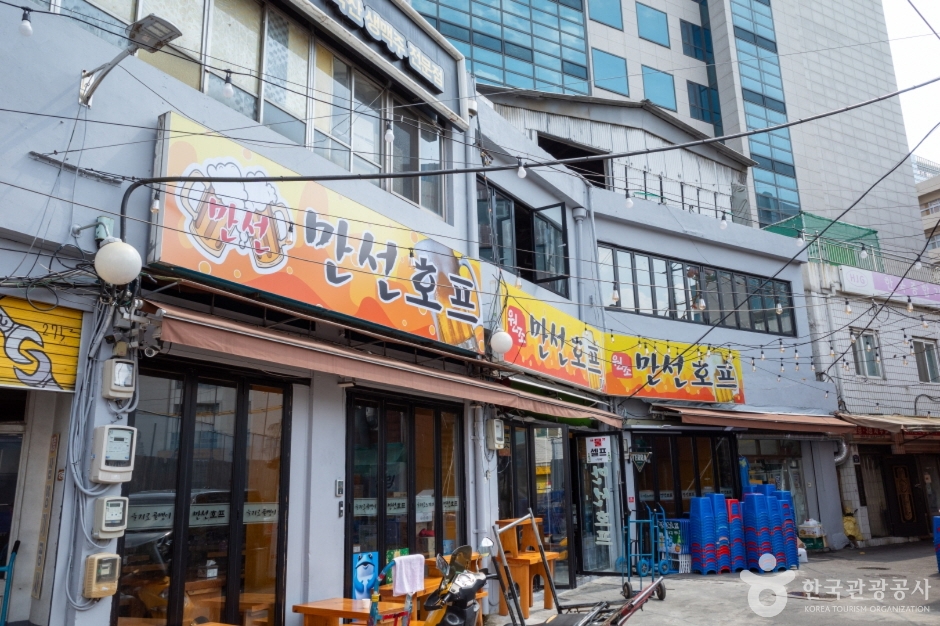
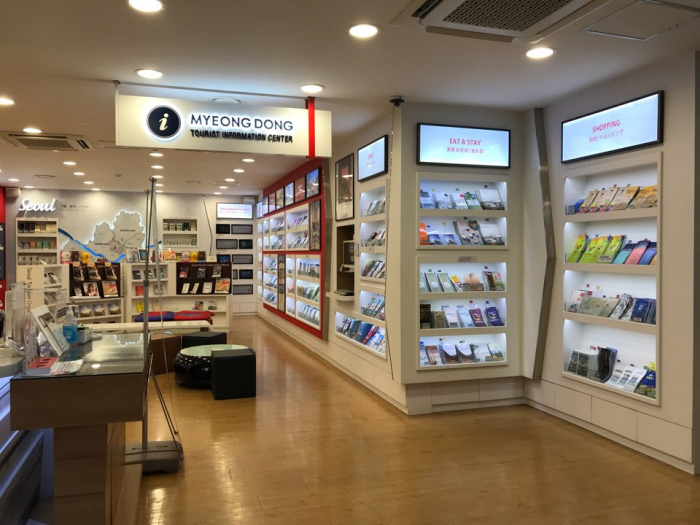
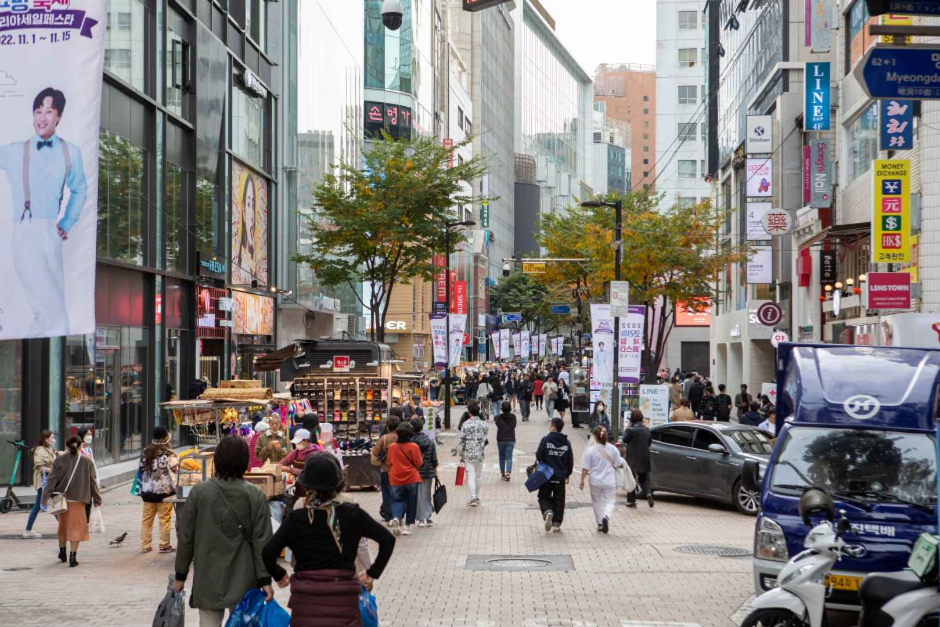
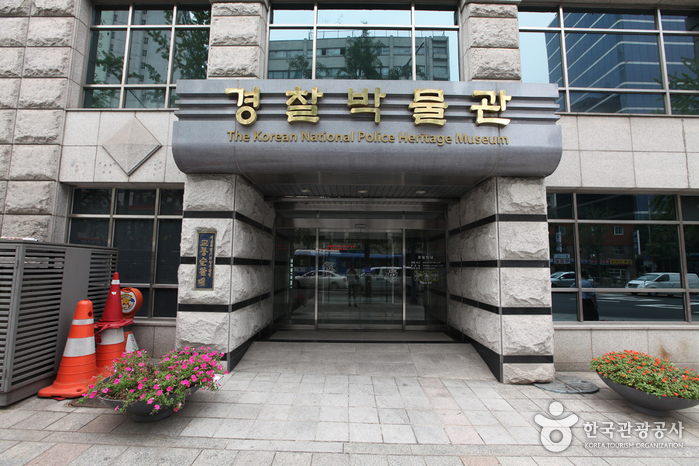
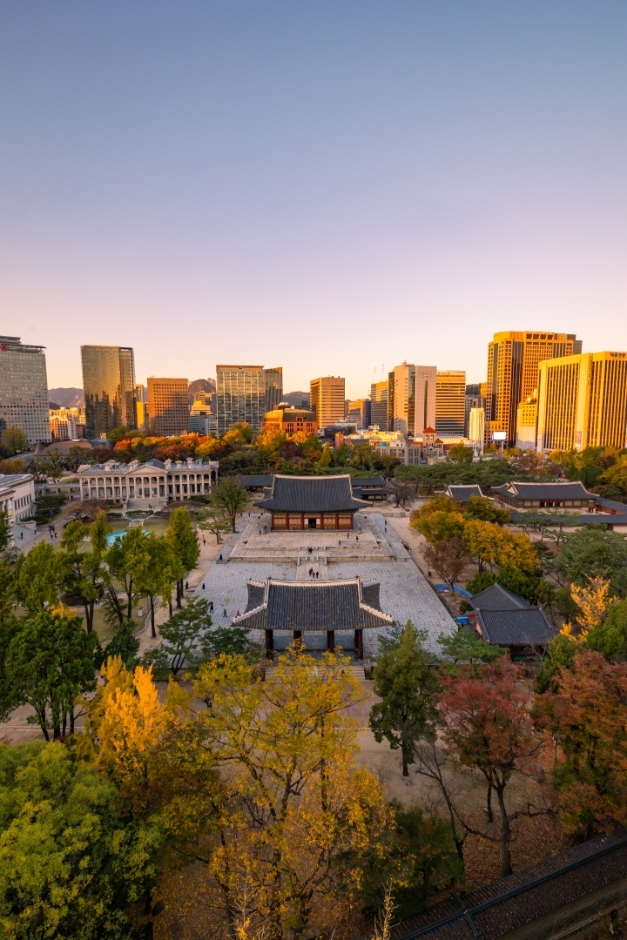

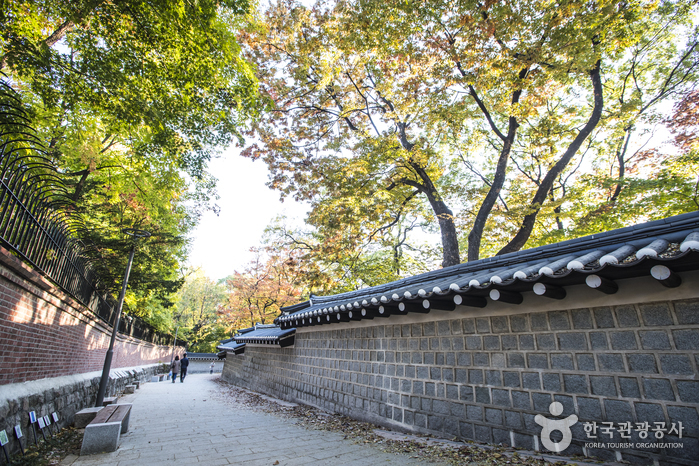
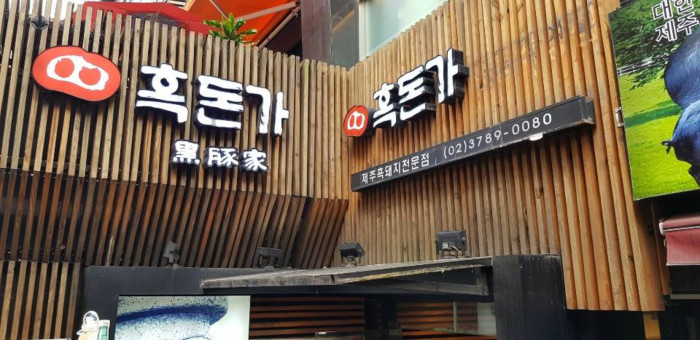
![Golden Dew - Lotte Main Branch [Tax Refund Shop] (골든듀 롯데본점)](http://tong.visitkorea.or.kr/cms/resource/32/2888332_image2_1.jpg)
![Coach - Lotte Main Branch [Tax Refund Shop] (코우치 롯데본점)](http://tong.visitkorea.or.kr/cms/resource/97/2888597_image2_1.jpg)
 English
English
 한국어
한국어 日本語
日本語 中文(简体)
中文(简体) Deutsch
Deutsch Français
Français Español
Español Русский
Русский